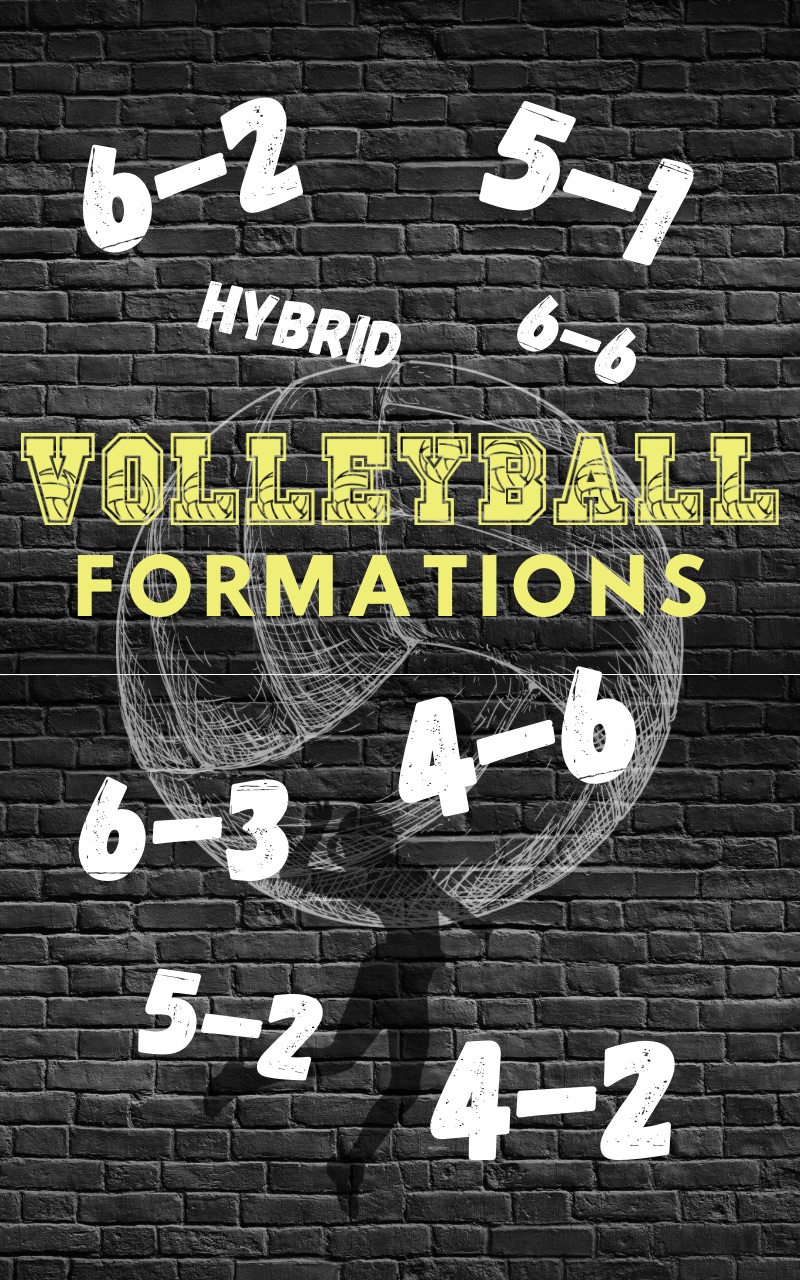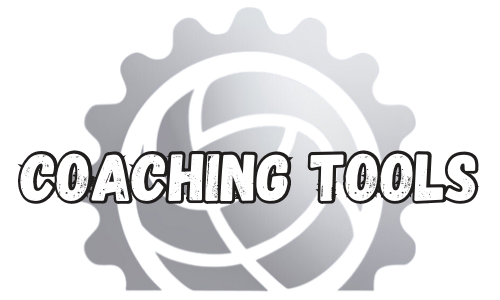
|
Setting and Attacking: Perfecting Your Attack Techniques
| |

1. Setting Basics: Setting is the art of placing the ball accurately for your teammates to attack. Key setting techniques include: • Hand Position: Hold your hands high above your head with your fingers spread, makimg even contact with the ball, and creating a target for the hitter. • Footwork: Position yourself under the ball and use your legs to jump and set. This generates power and accuracy. 2. Communication: Effective communication between the setter and hitter is paramount. Use verbal cues, eye contact, and hand signals to convey the intended play. 3. Timing and Approach: A well-timed approach is crucial for the hitter. Focus on: • Last 2 Steps: Explode off the ground with your last 2 steps to frame to the ball and jump up to reach the ball at its highest point. • Parallel Approach: Maintain a parallel approach to the net, ensuring a variety of attacking options. 4. Attacking Techniques: Successful attacking combines power, precision, and strategy. Essential hitting techniques include: • Casting: Your non-dominant hand guides the ball while your dominant hand applies power and spin. • Placement: Aim for open spots on the opponent’s side, targeting gaps in their defense. • Variety: Mix up your attacks with a combination of line shots, cross-court shots, and off-speed hits. 5. Ball Control: Improving ball control is pivotal in both setting and attacking. Enhance your ball control through drills and practice sessions. 6. Timing with Blockers: Understanding the opponent’s blocking is essential. Observe the blockers, what they tend to block, and time your attack to exploit gaps or use strategic shots. 7. Anticipation: Anticipate the ball’s trajectory and your opponent’s defensive movements. This allows you to make quick decisions and adjustments during the attack. 8. Deceptive Plays: Use deceptive plays like the back set or dump shots to catch the defense off guard. 9. Defense Reading: As a hitter, learn to read the opponent’s defensive patterns and adjust your attack to exploit weaknesses. 10. Mental Resilience: In high-pressure moments, mental resilience is vital. Stay focused, confident, and composed during attacks. Conclusion: Perfecting your attack techniques in volleyball is a continuous journey that combines skill, strategy, and mental acumen. The seamless coordination between the setter and the hitter, as well as the ability to anticipate and adapt to the opponent’s defense, sets apart the great attackers from the good ones. Whether you’re spiking the ball for a winning point or placing it strategically to outsmart the opposition, mastering the art of attacking is your path to becoming a formidable force on the volleyball court. With dedication and practice, you can transform yourself into a player capable of turning every set into a potential point-winning attack. |

 Purchase Ebook on Amazon Purchase Ebook on Amazon
|
Volleyball techniques Volleyball strategies Volleyball drills Volleyball skills Volleyball fundamentals Volleyball tips Volleyball training Volleyball coaching Volleyball playbook Volleyball exercises Volleyball equipment Volleyball gear Volleyball practice Volleyball coaching tips Volleyball playing tips Volleyball tutorials Volleyball lessons Volleyball techniques for beginners Volleyball skills development








